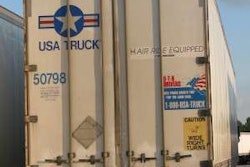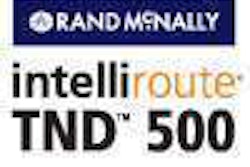The U.S. Department of Transportation on Wednesday, Dec. 16, released a comprehensive update to the Manual on Uniform Traffic Control Devices. The manual, which has been administered by the Federal Highway Administration since 1971, sets the standards for road safety throughout the country.
“Safety is this department’s top priority,” Transportation Secretary Ray LaHood says. “These new and updated standards will help make our nation’s roads and bridges safer for drivers, construction workers and pedestrians alike.”
The MUTCD is the national standard for all traffic control devices, including traffic signs, pavement markings, signals and any other devices used to regulate, warn or guide traffic. Ensuring uniformity of traffic control devices across the nation – from their messages and placement to their sizes, shapes and colors – helps to reduce crashes and traffic congestion. This is the first comprehensive update to the manual since 2003.
The MUTCD’s 2009 edition features many new and updated requirements, ranging from changes in highway signs and bike lanes to the color of high-visibility garments worn by road workers. Most changes are a result of extensive research; however, seven changes stem from recommendations from the National Transportation Safety Board. This is the largest number of NTSB recommendations adopted by the MUTCD at one time.
“Adopting the lessons learned in recent years will help make roads safer for everyone,” says Federal Highway Administrator Victor Mendez.
By requiring better pavement markings that can increase bike lane safety, and extending walk times for pedestrians at crosswalks, the updated MUTCD furthers the “complete streets” concept – an effort long championed by FHWA to ensure roads accommodate all types of travel, not just automobiles.
For an overview of the new rules and recommendations, go to http://mutcd.fhwa.dot.gov. Among the new provisions in the MUTCD:










